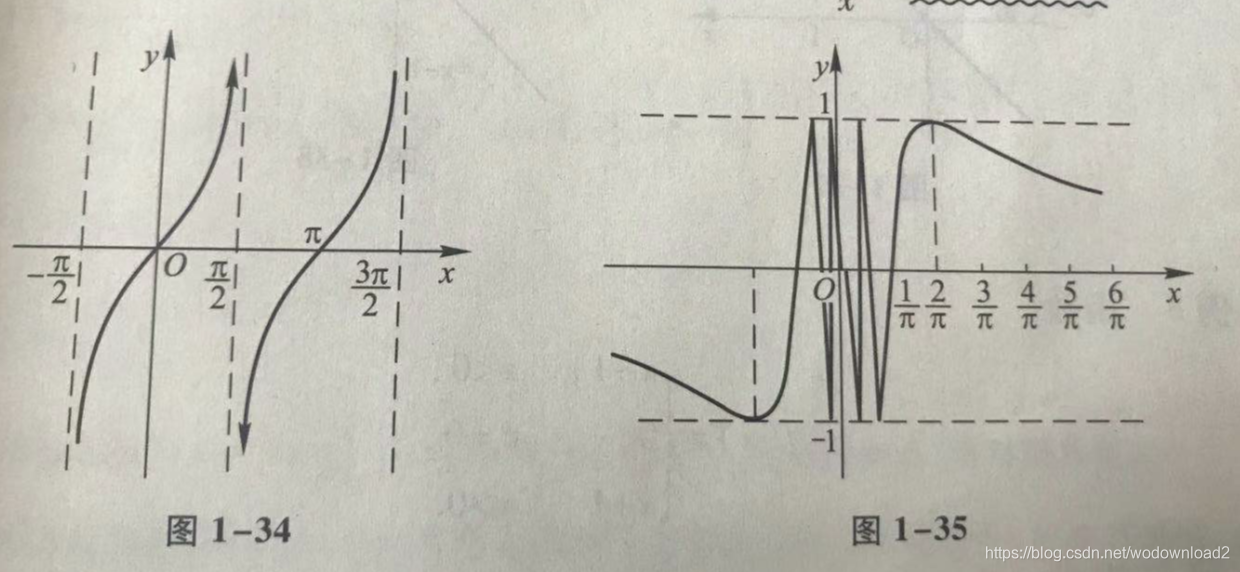Break point
Suppose that the function f(x) is defined in a decentered neighborhood of point x0. Under this premise, if the function f(x) has one of the following three situations:
(1) It is not defined in x=x0
(2) Although it is defined in x=x0, but limf(x),x->x0, The limit does not exist.
(3) Although there is a definition in x=x0, and limf(x), x->x0, the limit exists, but limf(x), x->x0 != f(x0) The
above function f(x) is at point x0 Discontinuity, and the point x0 is called the discontinuity or discontinuity point of the function f(x).
Infinite break point
Oscillation break point
Can go to break point
Jump break point
The discontinuity points are usually divided into two categories: if x0 is the discontinuity point of the function f(x), but both the left limit f(x0-) and the right limit f(x0+) exist, then x0 is called the first of the function f(x) Class break point.
Any discontinuity that is not the first type of discontinuity is called the second type of discontinuity.
In the first type of discontinuity, the left and right limits are equal to the breakable point, and the unequal is called the jumping discontinuity.
Infinite discontinuities and oscillation discontinuities are the second type of discontinuities.
Example 1: The infinite break point
y=tanx
is not defined at x=π/2, so the point x=π/2 is the break point of the function tanx, because limtanx, x->π/2, is equal to ∞.
So x=π/2 is the infinite break point of the function tanx.
Example 2: Oscillation discontinuity point
y=sin1/x is undefined
at x=0. When x->0, the function value changes infinitely many times from -1 to +1, so x=0, which is the oscillation discontinuity point of the function sin1/x.
